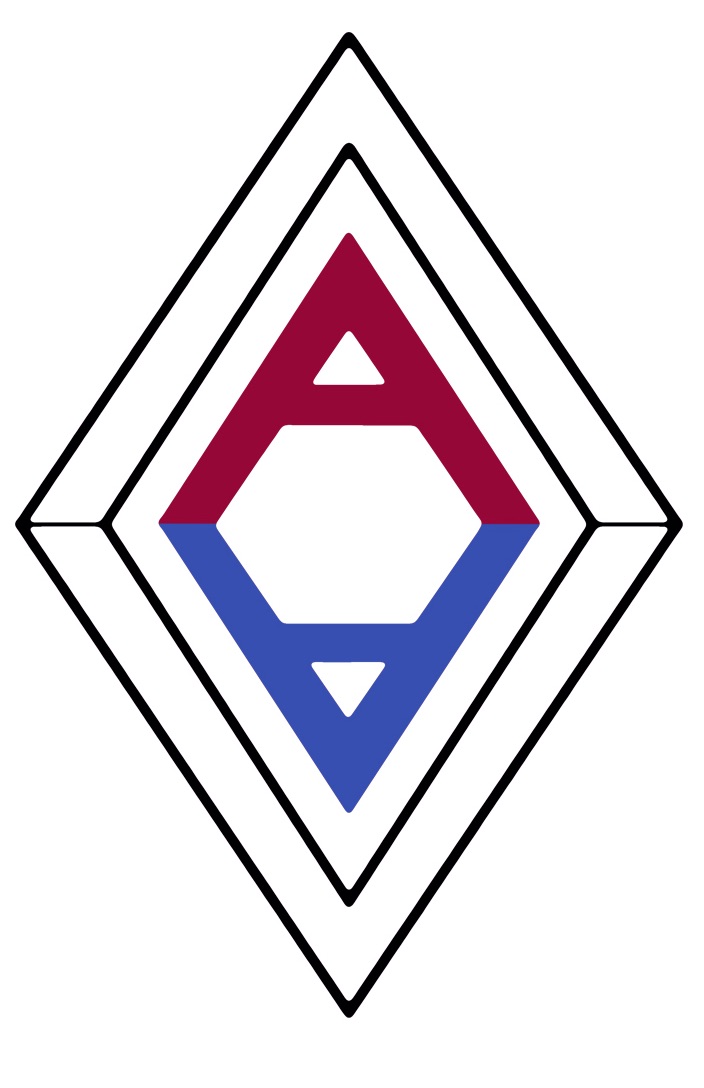Dirty Condenser Coils Increase Power Costs. When the coil becomes fouled with dirt and grime, it cannot provide complete or adequate heat transfer, a process that was predicated on a clean coil! The equipment’s compressor senses this, and tries to overcome it by going to a higher system pressure. This consumes greater levels of electricity. For example, a dirty coil could easily consume up to 37% more electricity as compared to a clean coil. Take a look at a 10 ton air conditioning system operating for an average cooling season of 1,500 hours. When the coils are clean, it will cost approximately $1,650 to operate for the season, given a typical Kw/hr cost and equipment SEER (efficiency). However, when the condenser coil becomes dirty, the six-month cost of operation escalates to $2,268….a 37% increase!
By comparison, if the condenser coil on this unit were kept clean, a savings of $618 could be realized ...a savings of about $62 per ton. If you multiply your total building tonnage by $62, you can see what the savings would be. For example, in a typical residential setting, the homeowner could realize a savings in electricity cost of about $248 for the season for a 4 ton system.
Dirty Condenser Coils Reduce The System’s Ability To Cool. As the dirt and grime on the condenser coil restrict heat transfer, causing the compressor to work harder, more heat is added to the system and the head pressure could rise by as much as 75%. This would result in a loss of cooling capacity of up to 30%, and our 10 ton system would now only provide 7 tons of cooling ... at a higher energy cost and typically on the hottest days of the season.
Dirty Condenser Coils Shorten Equipment Life. Higher operating pressures and temperatures caused by a dirty coil represent still another problem: reduced life expectancy of the equipment. At the elevated system temperature and pressure, the compressor’s lubricating oil can break down. In addition, acid formation can occur, leading to an acid burnout. Taken together, lack of lubrication and acid burn, the compressor is seriously compromised and will eventually fail. It is the heart of the air conditioning, refrigeration system, and its loss means no cooling. And, its replacement is the most expensive repair on an HVACR system.
Dirty Evaporator Coils Reduce Available Cooling. As evaporator coils cool indoor air, they dehumidify or remove moisture. Any dirt, dust, nicotine, pollen, etc. that is also in the air will combine with the moisture and eventually foul the coil. Once this occurs, two problems arise: air flow is restricted or reduced and heat transfer is restricted or reduced. All this cuts cooling capacity and, if the coil becomes extremely dirty, the compressor could be damaged.
Dirty Evaporator Coils Reduce Quality of Air Inside the Building. Going back to the discussion on moisture and combining ‘with dirt, dust, pollen, etc., this also becomes an excellent breeding ground for biological growths like bacteria, mold and mildew. These are the primary sources of indoor air quality problems and odors. As the air continues to flow across the coils and circulate throughout the building, its quality is compromised.




